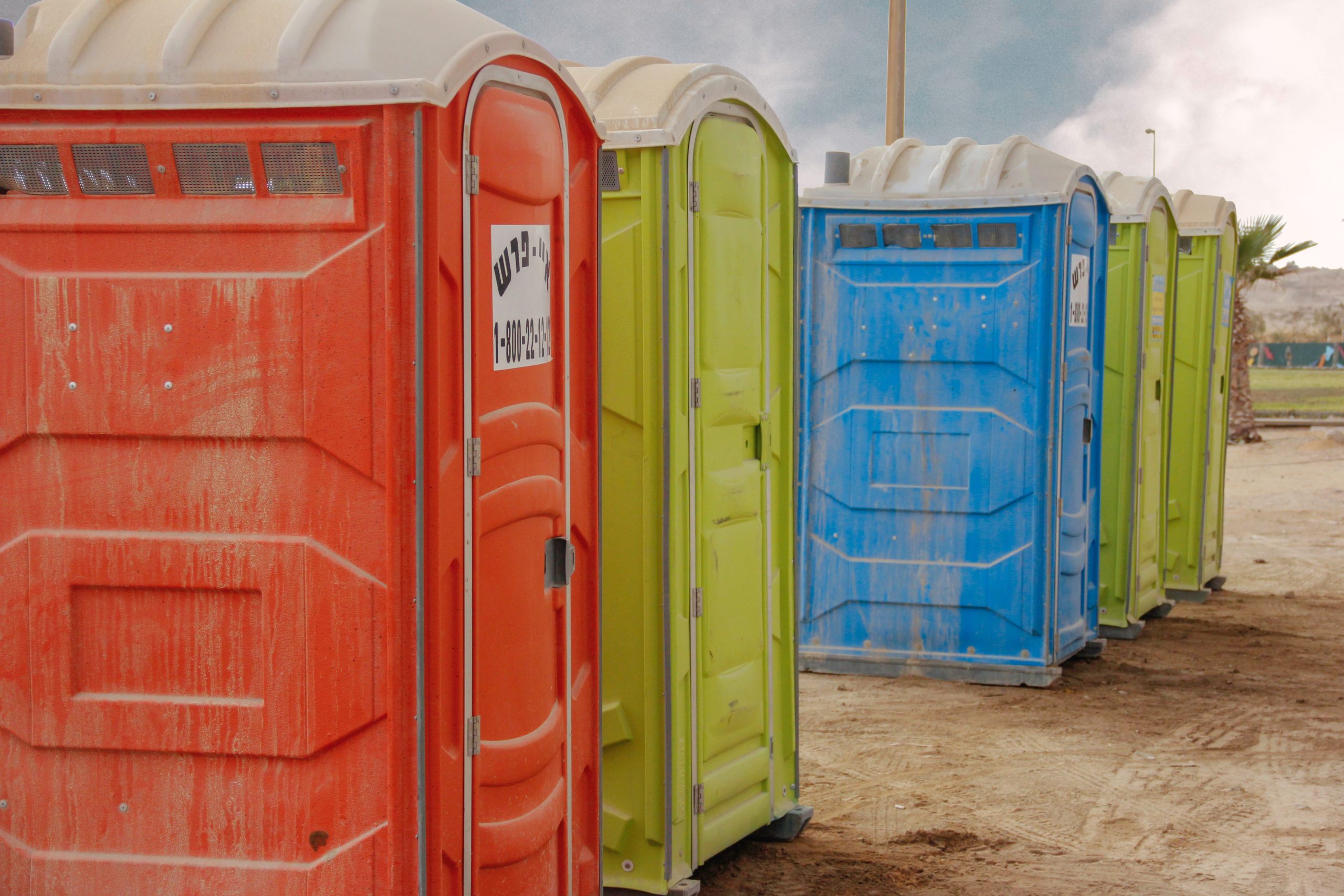When, Why and How to Pee on the Bike During your Ironman
How potty breaks and peeing on the bike fit into your Ironman triathlon journey

On average, a long course triathlete will consume 20 to 24 oz of water per hour, for upwards of six to nine hours. When we drink, it makes its way through our digestive tract and is absorbed at various points throughout. The water that is not absorbed passes through and at some point, we will need to ..erm.. relieve yourself at some point during a race.
But how do you do it? Where do you go? What’s allowed? And what is frowned upon?
Should I do it?
Before we dive in, let’s first draw a line in the sand. There is a BIG difference between training and racing. There is rarely, if ever a training situation where peeing on your bike during training makes sense or is appropriate. Pull over buddy, find a porter john or gas station or a quiet place in the woods.
Race day is a different story, and the primary motivator for most to pee while riding is to save time. The process of stopping the bike, dismounting, waiting on line, undressing, redressing, re-mounting and getting back up to speed could cost precious minutes. If you’re racing for time, podiums or cut off times, then yes it can be considered.
Know before you go
The majority of triathlons have rules against indecent exposure which precludes athletes from pulling over and parking next to a tree on the race course. If caught, it results in an instant DQ. Given the investment you’ve made to get there, it would be a shame to throw everything away just for a toilet break.
Porter Johns are made available at various aid stations throughout the course and are marked out on the course map. Being sure to review ahead of time so you know where you can go.
How to pee on your bike during a triathlon
This is not an exact science. The reality is the “right” way to do it is the one that works for you. We’ve polled our network of AgeGroupers and aggregated what we believe to be the most well rounded plan for attempting this feat.
- Time it right. It is tough to pedal and pee at the same time, so you’ll want a flat or soft descent that will allow you to coast for a period of time. You’ll also need access to fresh water so plan accordingly and time it with upcoming aid stations.
- Prep the area. Give yourself a hose down with water. This will help everything travel south and make it easier to clean later.
- Check your surroundings. You are moving forward in one direction, as are the riders behind you. Make sure the coast is clear.
- Get in position. It is recommended to have your pedals at 12 and 6 oclock to encourage the flow to go in one direction.
- Clean the area. After the deed is done, use that same clear water bottle to rinse. Clean yourself and any nutrition bottles below.
- Refill the tanks. Remember how you timed everything up with the aid station? Now you can dump the empty water bottle in the drop zone and grab a new one at the aid station.
And there you have it. Simple, easy, quick. And it goes without saying, but we’ll say it anyway, this process only works for number one.

